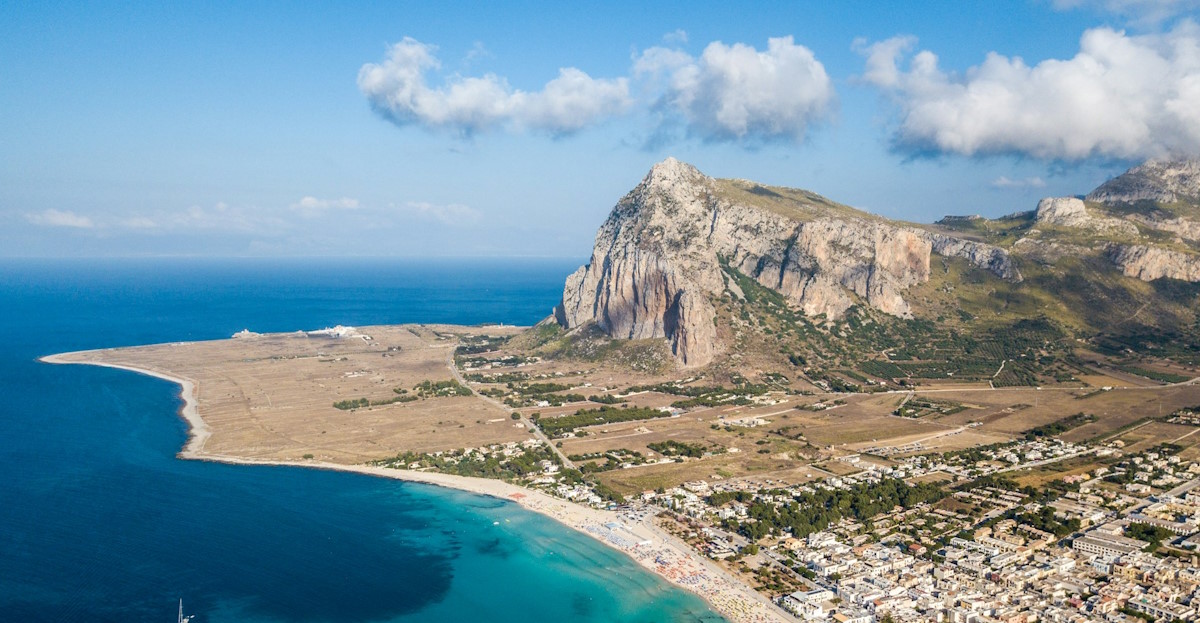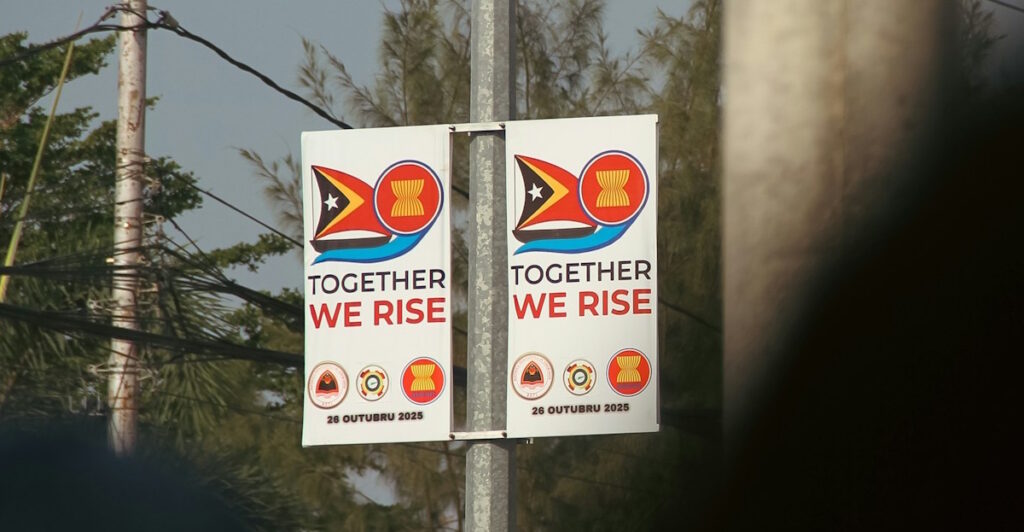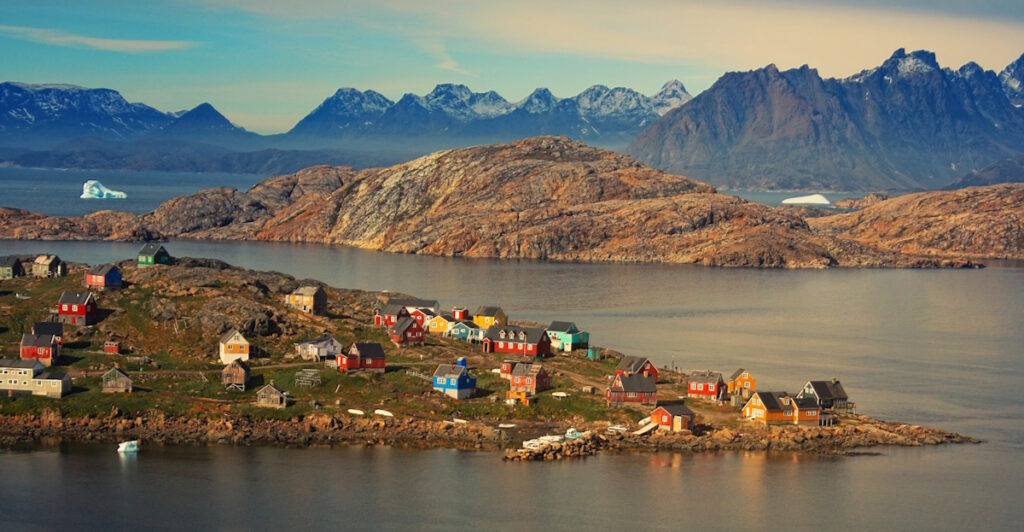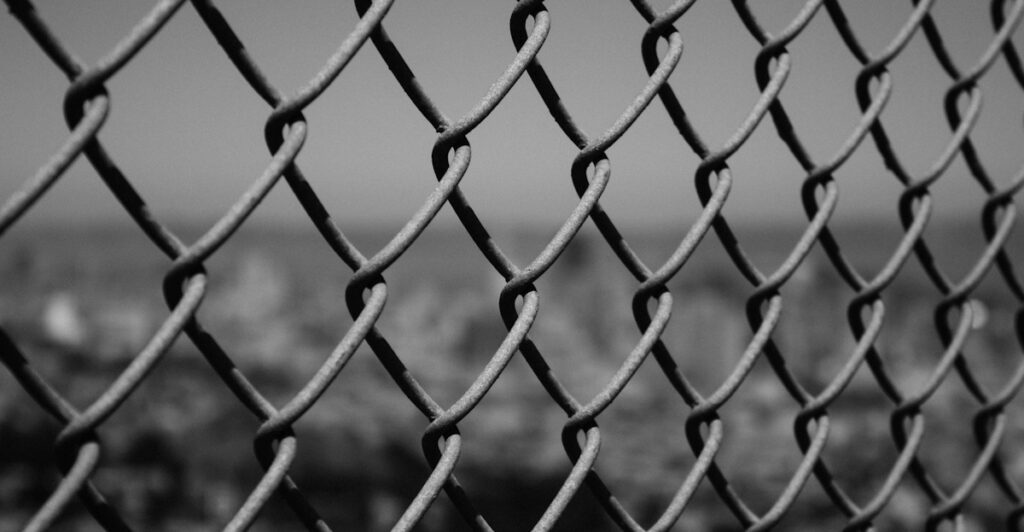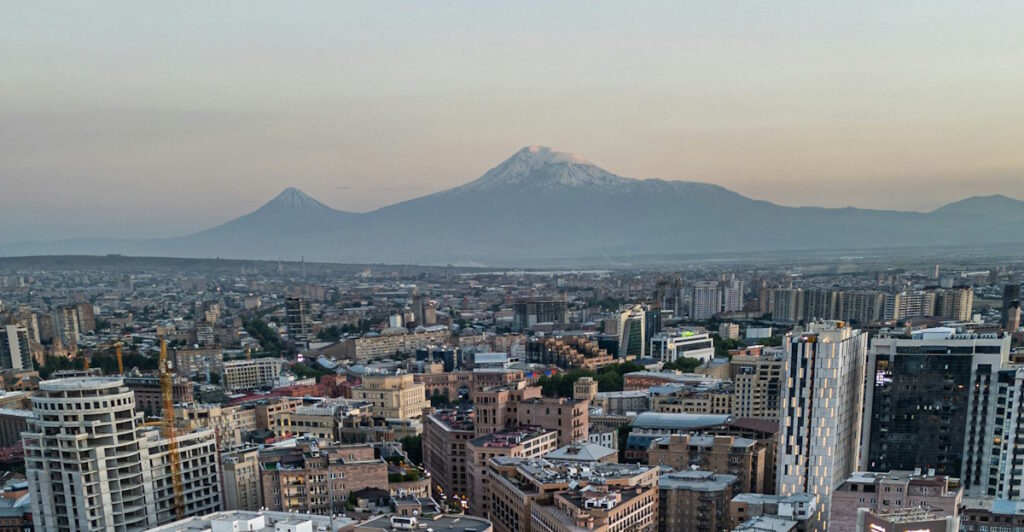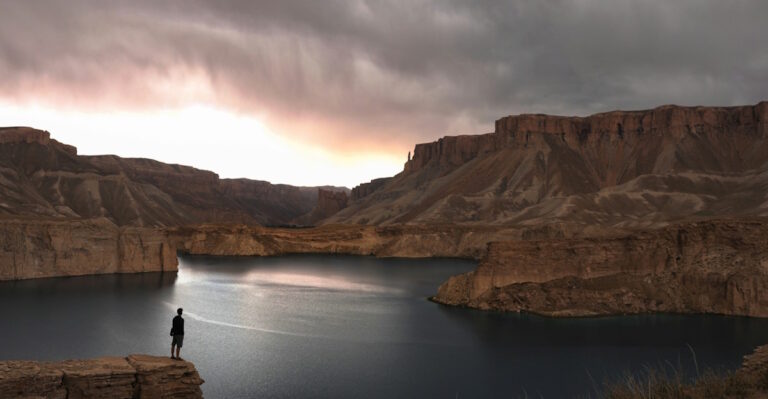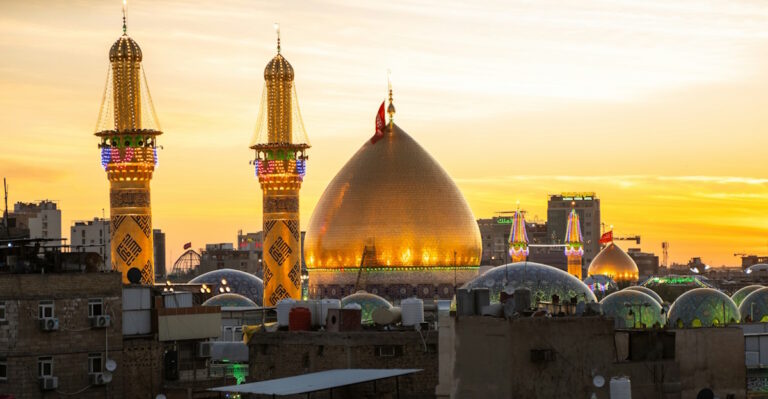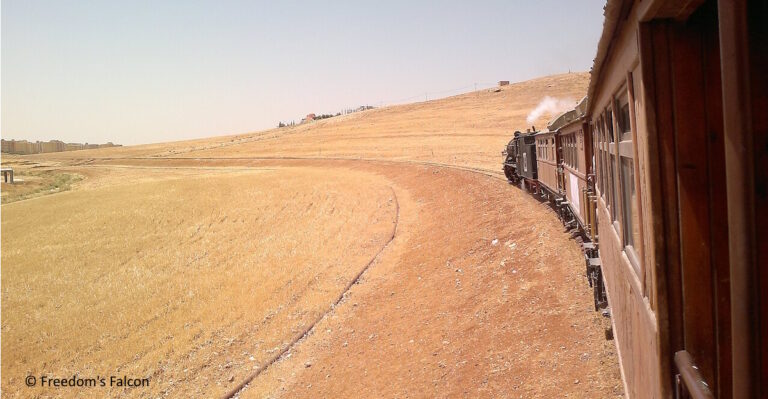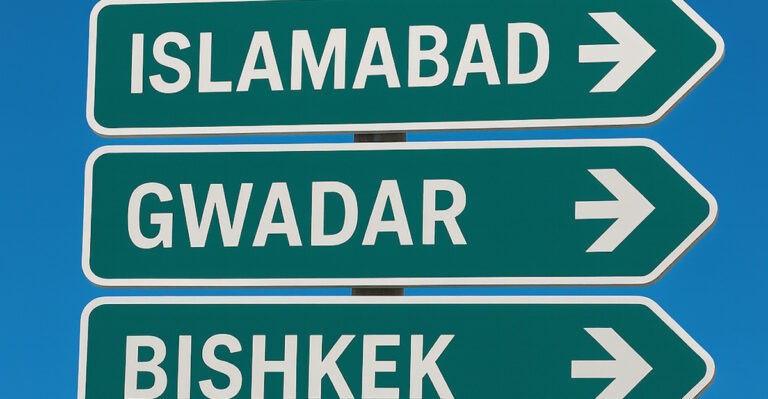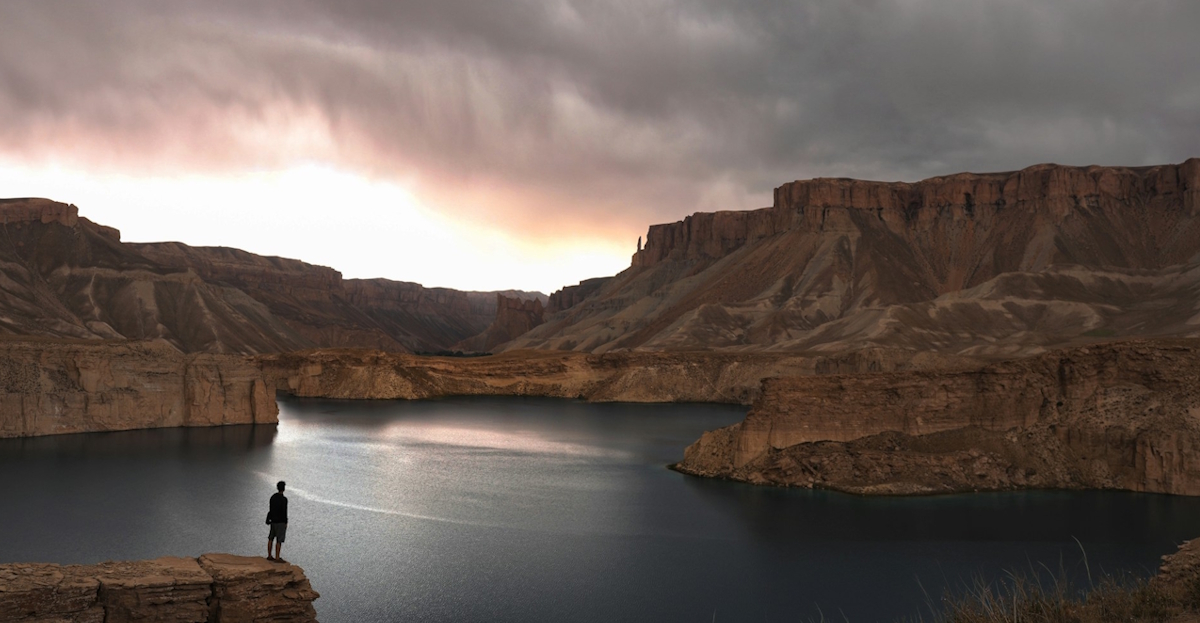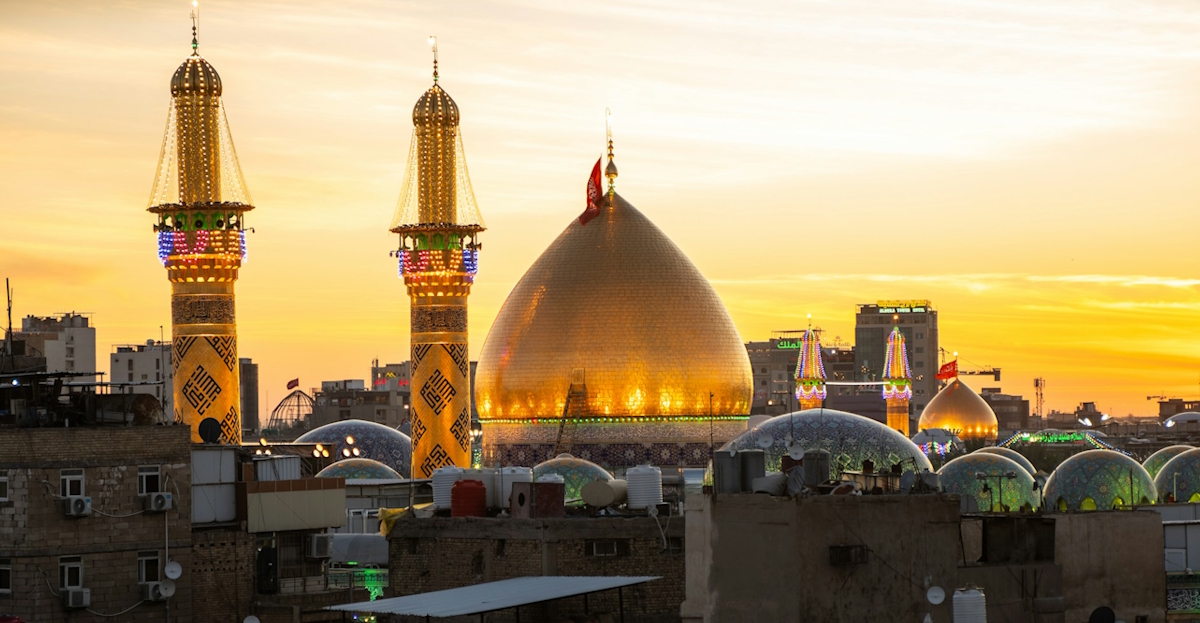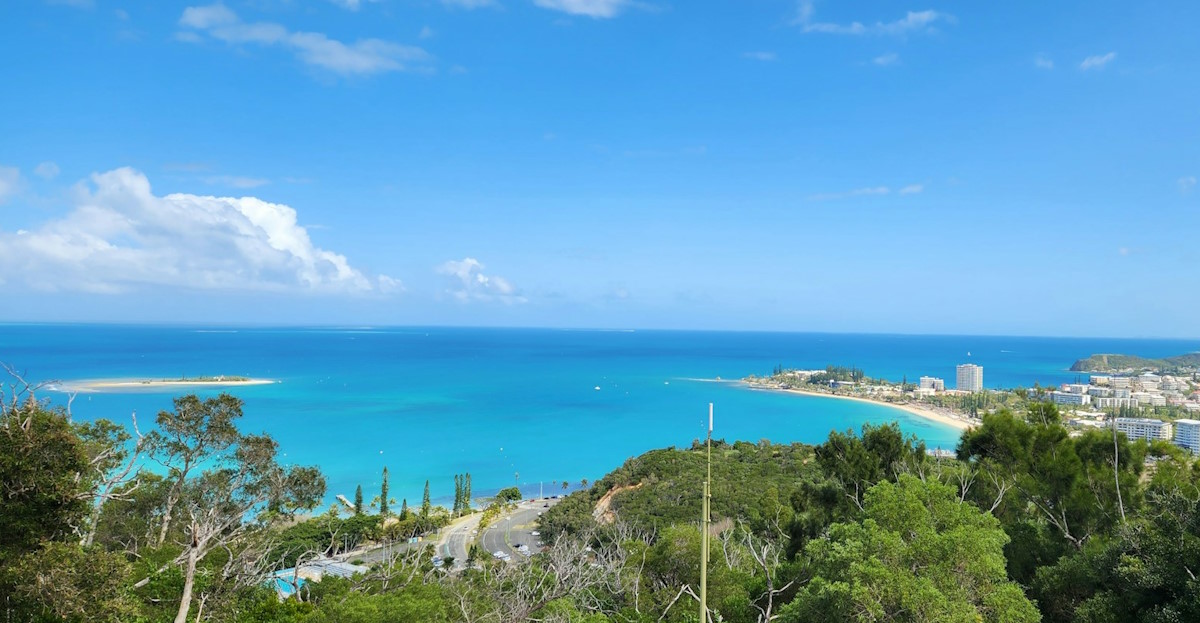by Sebastien GOULARD
The announcement of this project will mark Giorgia Meloni’s premiership for years to come, as she fulfills a long-standing Italian dream. It will be a major technological challenge expected to boost Sicily’s development and strengthen Europe’s connectivity. But the project also carries a broader strategic dimension.
A Technical Challenge
Today, Sicily is connected to the mainland by air and ferry. It is even possible to travel by train from Rome to Palermo: the carriages are loaded onto a ferry that crosses the Strait of Messina. However, the opening of a bridge carrying both road and rail traffic will undoubtedly make travel between the Mediterranean island and the rest of the Bel Paese much easier.
According to the initial details released, the suspension bridge will span 3.6 kilometers, making it the largest of its kind in the world, surpassing Turkey’s “1915 Çanakkale Bridge” (currently the longest at 2,023 meters). It will feature six motorway lanes and two railway tracks. The structure will have to withstand both strong winds in this part of the Mediterranean and seismic activity.
An Economic Opportunity for Southern Italy
The construction of this bridge may also be seen as a political and financial gesture—or at least a strong signal—from Rome towards the Mezzogiorno.
Italy suffers from persistent regional economic disparities; Sicily and Calabria, the two regions that will eventually be connected by the bridge, are among the poorest in Italy in terms of GDP per capita, and—along with Campania—among those with the highest unemployment rates. In the short term, construction could generate up to 120,000 direct and indirect jobs. More importantly, the project could reshape the image of Sicily and Southern Italy, attracting new businesses to a more accessible region.
Strengthening a European Corridor
The project has received support from the European Union, which views it as a reinforcement of its Trans-European Transport Network (TEN-T), designed to facilitate mobility across the continent. The Messina Bridge will complete the corridor linking Scandinavia to the Mediterranean.
A Historic Initiative
This will be a personal triumph for Prime Minister Giorgia Meloni, who is announcing a project abandoned by all of her predecessors. Connecting Sicily to the Italian peninsula is an old dream: even under the Romans such a bridge was envisaged. At the start of the 20th century, geological studies were carried out to explore the possibility of a tunnel. But it was only from the 1960s onwards that concrete proposals emerged, with competitions launched to design a bridge. Each time, however, the project was abandoned because of its staggering costs, only to resurface again and again like a recurring mirage.
The idea re-emerged seriously in the early 2000s under Silvio Berlusconi, a staunch supporter of the initiative. In 2005, a consortium won the tender, but the following year, under the Prodi government, the project was cancelled amid suspicions of mafia infiltration. When Berlusconi returned to power in 2008, he revived the plan, and in 2011 announced that the bridge would open in 2016. But lacking sufficient funds, his successor Mario Monti shelved it again. Since then, the Messina Bridge has regularly returned to the public debate.
A Controversial Project?
The bridge is now approved by all Italian authorities and its financing appears secured. Still, despite the benefits it promises for Sicilian society, it remains contested by part of the Italian public. Concerns include possible mafia involvement in its construction and significant environmental risks: the bridge could disrupt bird migration, as the strait currently serves as a key migratory corridor. In addition, construction will require large amounts of water, in a region already facing severe water stress. Several hundred residents are also expected to be expropriated to make way for the new infrastructure.
Questions also linger over its cost-effectiveness. The project is estimated at €13.5 billion, financed partly by the Italian state and partly by private investors. Some commentators doubt that the bridge alone can generate new economic opportunities in Sicily. They argue that complementary measures are needed to make the island more attractive.
A Defense Project
Italy’s renewed push to build the bridge, after so many setbacks, is partly linked to Russia’s invasion of Ukraine and to former U.S. President Donald Trump’s demand that Europeans devote at least 5% of their GDP to defense. The Messina Bridge will reportedly be classified as a dual-use infrastructure—both civilian and military—thus allowing it to be included in defense spending.
This has drawn criticism from advocates of a stronger Italian and European defense policy. In 2024, Italy’s defense budget amounted to just 1.61% of GDP, well below NATO’s 2% target. By including the bridge in “defense” spending, Rome risks artificially inflating its figures while leaving actual military equipment investment—crucial in the current context—underfunded. At the recent NATO summit in The Hague, Giorgia Meloni pledged that defense spending would reach 5% of GDP by 2035 (including 1.5% not related to military equipment). She is counting partly on the bridge project to help meet this target.
Yet the military or “strategic” dimension of the bridge is questionable. While tanks could cross it, its military relevance is far from clear, and it could easily become a prime target in the event of conflict.
It is difficult today to predict the economic impact of the future Messina Bridge. Sicily faces many challenges that such an infrastructure, however impressive, cannot solve on its own. Still, the project represents a major political achievement and demonstrates that Italy is present, ambitious, and ready to take on new challenges. Italy remains a land of innovation.

